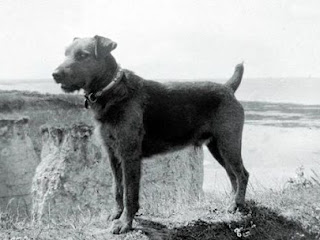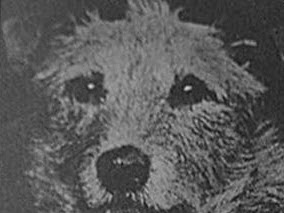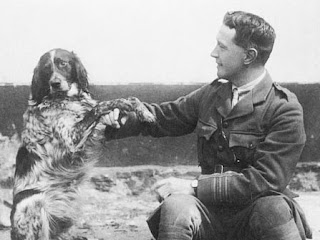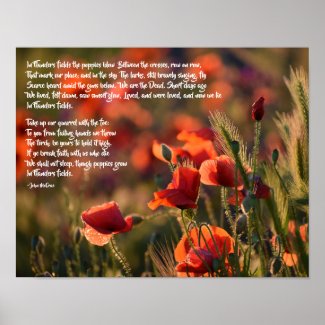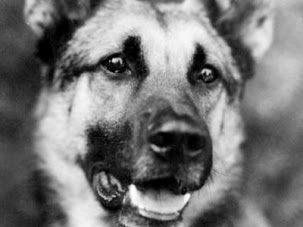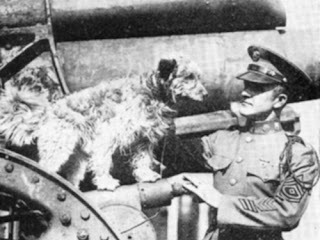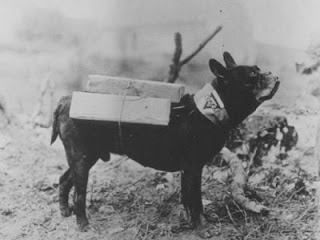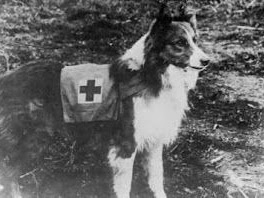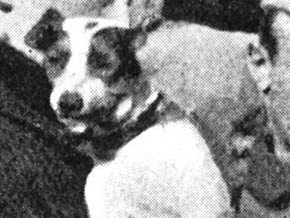The causes that lead to the First World War were complex, and to follow their development, we need to look at the second half 19th century and early 20th century: the European nationalist spirit during the nineteenth century and early twentieth century, the political and economic rivalry between the states, the excessive arming after 1871 and the two hostile military alliances. Leading to the World War I - imperialism, nationalism, militarism, and defense alliances - was an accumulation of facts and event; however, the immediate cause was the assassination of Archduke Franz Ferdinand, heir to the Austro-Hungarian throne, and his wife The Duchess of Hohenberg, in Sarajevo on 28 June 1914 by Bosnian Slaves recruited by Serbian terrorists. Austro-Hungary blamed Serbia and declared war. The assassination in Sarajevo was only the pretense or the alleged reason of the war; the causes of this first global conflict were much deeper: economic competition, imperialism and nationalism.
At the end of the 19th century the problem of nationalism in many parts of Europe was unresolved, leading to strained relations between the regions involved and various European countries. The nationalist spirit was also manifested in the economic conflict. At the dawn of the 20th century, Europe was the most powerful region in the world. European colonial empires ruled over most of the world, and due to the Industrial Revolution, Europe was the richest, generating the need of a larger market for goods. The main field of economic development was Africa, and colonial interests in this area have clashed several times since 1898; the economic rivalry in Africa between Germany on one side, and England and France, on the other side, was slowly bringing Europe on the break of war.
As a result of these tensions, between 1871 and 1914 European countries have adopted measures that have increased the domestic and external threat of war. Convinced that their interests were threatened, European powers maintained a huge army.
As tension was mounting in Europe, the contradictions between the great powers increased, and the armed conflict for dividing the world power became inevitable. The major powers pursued a foreign policy of expansionism and conquest in search of new sources of raw materials and markets for goods. England occupied colonies in Africa and Asia, while France took possession of some countries in the same area. Russia occupied territories in Iran and China, generating the armed conflict between the two Asian countries. Germany and Italy were after the redistribution of their colonies in the developing countries and desired to strengthen their positions by all means possible, in regard to Russia, France, Great Britain and the Austria-Hungary Empire. Germany’s tendency to become the largest military power and to break Britain's naval supremacy caused great tension between the two countries. This lead to the division of the world powers into two blocs: the Central Powers’ Triple Alliance (Germany, Austro-Hungary and Italy), and the Triple Entente (France, England and Russia). The Triple Alliance had as purpose was mutual aid in case of a Russian attack. The Triple Entente was a deterrent to the Triple Alliance and was part of France’s plan to surround Germany. Militant nationalism and the national issue turned into the Balkan area into a real powder keg ready to ignite at the slightest spark. With the Moroccan Crisis and Balkan wars, where Austria-Hungary and Russia were competing for power, peace was threatened and Europe was on the verge of war: this was the spark to ignite the conflict. The outbreak of war in July 1914 between the Triple Alliance and the Triple Entente marked the unequal political and economic development in the late 19th century and the beginning of the 20th century. England and France, old industrial countries with large colonial empires were overcome by countries like Germany and the United States, experiencing a strong industrial development.
On 8 May 1915, a German U-boat sank the British luxury liner ‘Lusitania’, killing 128 Americans, prompting President Wilson to reconsider the United States position towards the war. In April 1917 Wilson declared war on Germany, entering the world conflagration on the Entente side.
The World War I was a “world” war because major nations of the world are involved, affecting many countries on various continents.
Allan, Tony. The Causes of World War I. Chicago, IL: Heinemann Library, 2003.
Cojan, Vincent. World War I: A Military Timeline. Bucharest, Romania: The Didactic and Pedagogic Publishers, 1997.
Henretta, James A. and David Brody. America: A Concise History, Volume II: Since 1877. 4th ed., Boston: Bedford/ St. Martin’s, 2010, 640-644


